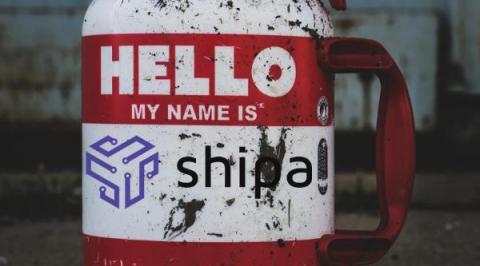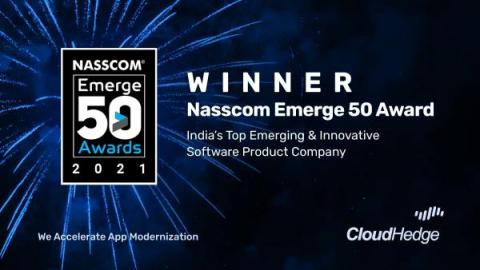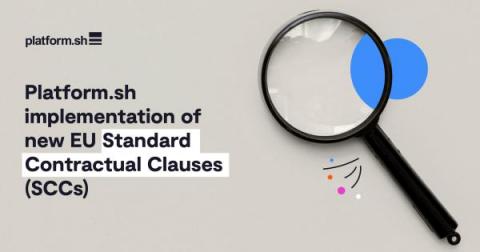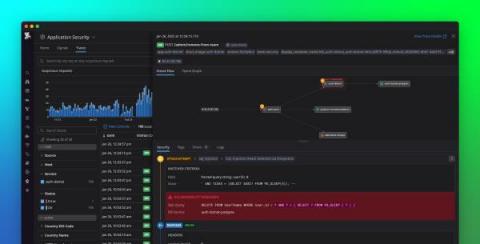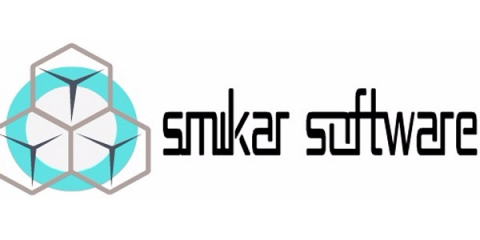Operations | Monitoring | ITSM | DevOps | Cloud
Latest News
From eBPF to CI/CD: 12 emerging trends in observability
As businesses accelerate digital transformations and cloud adoption to better serve customers and employees in the face of the global pandemic, operational complexity has also mounted. To untangle these complexities and enable executive visibility into IT ecosystem , business leaders are increasingly looking to observability solutions as a strategic investment.
The Power of Shipa CNAMEs
As a software engineer, I admit I am not the best at networking. Can’t connect to your app for some reason, one going joke is to “always blame DNS” e.g the Domain Name System. My personal DNS experience is usually editing a few records for my personal blog and connecting a few tools and that is it. Thanks to distributed systems, had to learn all about SRV records and some more DNS concepts.
NASSCOM Features CloudHedge in Emerge 50 for 2021 League of Top 10 Enterprises in the SaaS Award Category
CloudHedge’s OmniDeq™, worlds leading platform for automating App Modernization has been recognized by NASSCOM in the Emerge 50 Awards for 2021 and has also secured a spot in the League of Top 10 Enterprises under the “SaaS” Award Category.
Platform.sh implements new EU Standard Contractual Clauses (SCCs)
On June 4, 2021, the EU Commission released two new contract templates, both labeled Standard Contractual Clauses (SCCs). The first template is for standard contractual clauses between controllers and processors under Article 28 of the GDPR, and its adoption is optional. The second template is for module-based standard contractual clauses for personal data transfers to non-adequate countries, and its adoption is required. With GDPR compliance as our top priority, Platform.sh has adopted both.
What is MTTR? Resolve incidents faster through ops, alerting and documentation
When downtime strikes any distributed software deployment or platform, it's all hands on deck until the lights are green and service is restored. This process, from the recognition of a problem to a deployed solution, has most commonly been defined as MTTR - mean time to resolution. In just the last few years, DevOps and site reliability (SRE) professionals have developed sophisticated new models for how they work and audit their successes. In 2022, MTTR is one of the most widely-used software performance success metrics.
Introducing Datadog Application Security
Securing modern-day production systems is expensive and complex. Teams often need to implement extensive measures, such as secure coding practices, security testing, periodic vulnerability scans and penetration tests, and protections at the network edge. Even when organizations have the resources to deploy these solutions, they still struggle to keep pace with software teams, especially as they accelerate their release cycles and migrate to distributed systems and microservices.
The startup guide to sensible incident management
If you’re working at an early stage startup and looking to get some good incident management foundations in place without investing excessive time and effort, this guide is quite literally for you. There’s an enormous amount of content available for organisations looking to import ‘gold standard’ incident management best practices – things like the PagerDuty Response site, the Atlassian incident management best practices, and the Google SRE book.
CFEngine bootstrap with Ansible
CFEngine and Ansible are two complementary infrastructure management tools. Findings from our analysis show that they can be combined and used side by side with joint forces to handle all areas in the best possible way. Part of infrastructure management is hosts deployment, either when building a brand new infrastructure or when growing one by adding new hosts.
Azure Blob Storage vs Azure File Storage
Are you confused about which Azure Storage Service to use, for mapping a drive, or just dumping large amounts of data in to? This post goes indepth in to the differences between Azure Blob Storage and Azure File Services.




